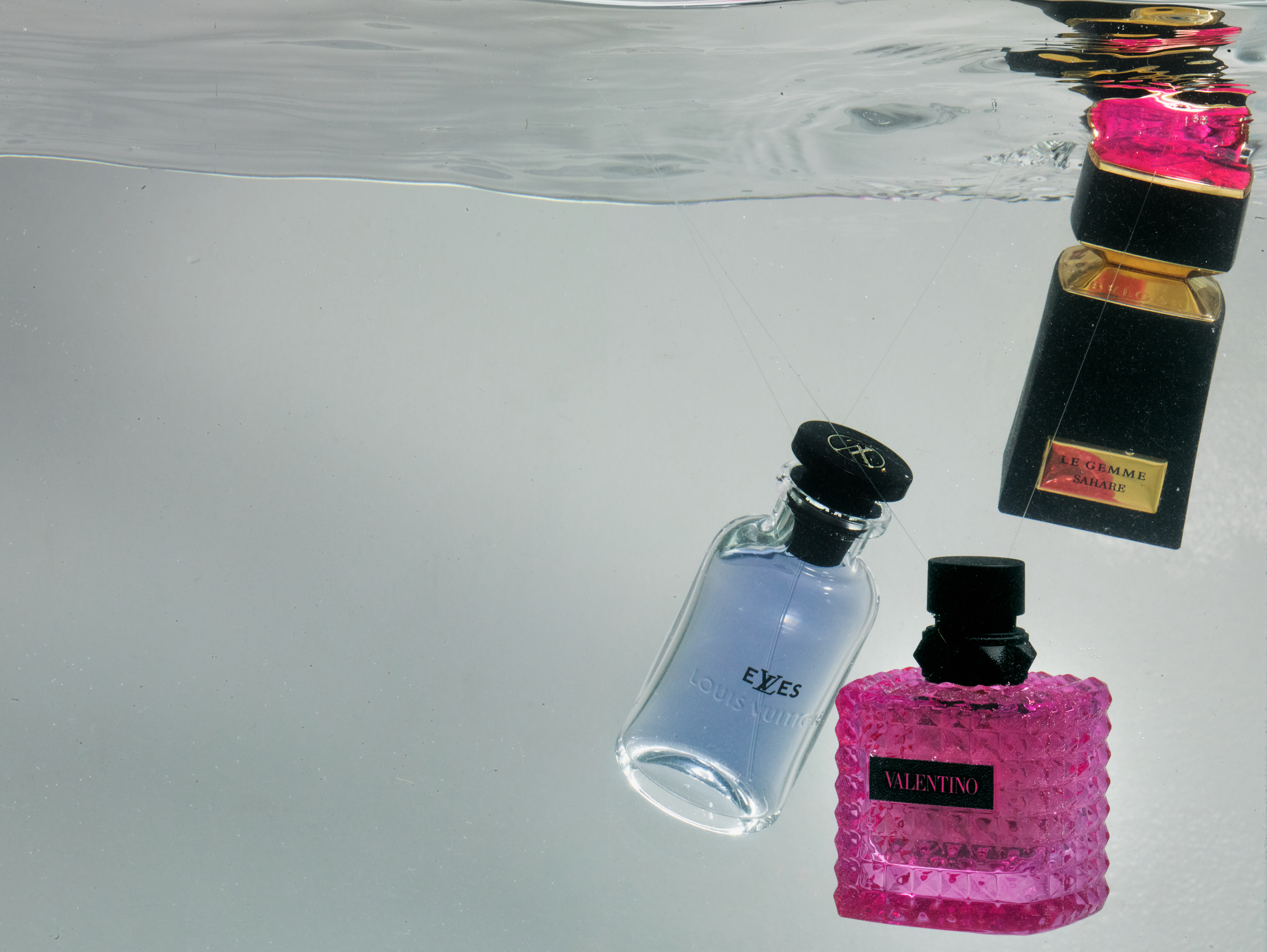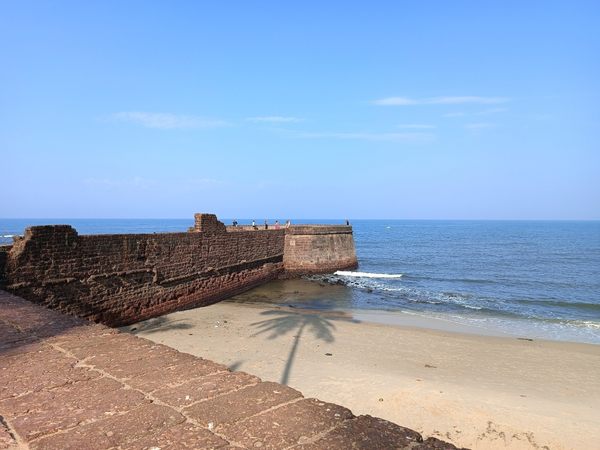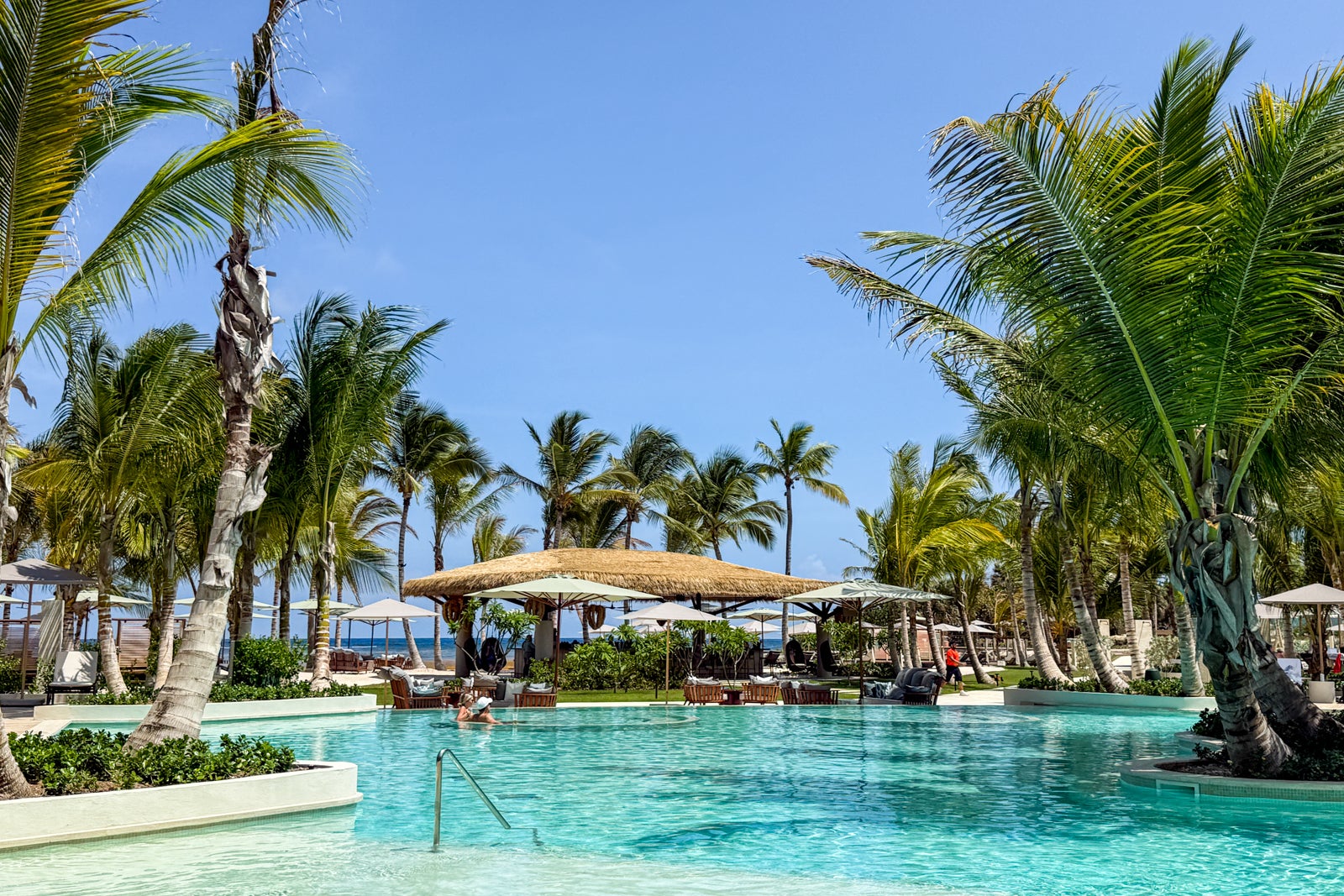Wakae Island Ruins in Kamakura, Japan
Kamakura, the capital of medieval Japan, has always been known for its coast. While it’s mainly popular as a summer getaway today, Sagami Bay was once both a gateway for traders from overseas and a natural city wall that kept enemies at bay. In its heyday, Kamakura’s coast was busy with Chinese ships loaded with ceramics and other ware. The shallow bay, however, would often cause them to wreck, claiming more than a few lives. In 1232, a local Buddhist priest complained about the poor condition of the port and convinced the Kamakura shogunate to construct an island so that ships could be moored safely. This project became Wakae Island, the oldest artificial island in Japan, built of rocks off the Zaimokuza Beach—then known as Waka. The island remained in use up until the late Edo period, circa 19th century, when it was abandoned and left to crumble among the waves. In 1924, a local youth club erected a monument dedicated to its history, and in 1968 it was even declared a National Historic Site. Though much of it is in ruins, Wakae Island is still visible from the beach and occasionally used to moor boats even today. It may even be reached on foot at low tide, if not every day.


Kamakura, the capital of medieval Japan, has always been known for its coast. While it’s mainly popular as a summer getaway today, Sagami Bay was once both a gateway for traders from overseas and a natural city wall that kept enemies at bay.
In its heyday, Kamakura’s coast was busy with Chinese ships loaded with ceramics and other ware. The shallow bay, however, would often cause them to wreck, claiming more than a few lives.
In 1232, a local Buddhist priest complained about the poor condition of the port and convinced the Kamakura shogunate to construct an island so that ships could be moored safely. This project became Wakae Island, the oldest artificial island in Japan, built of rocks off the Zaimokuza Beach—then known as Waka.
The island remained in use up until the late Edo period, circa 19th century, when it was abandoned and left to crumble among the waves. In 1924, a local youth club erected a monument dedicated to its history, and in 1968 it was even declared a National Historic Site.
Though much of it is in ruins, Wakae Island is still visible from the beach and occasionally used to moor boats even today. It may even be reached on foot at low tide, if not every day.












































































































































































.jpg)







![From Chandelier to Cube: The Versatile Forms of 6:AM’s “▢ [quadrato]” Collection](https://image-cdn.hypb.st/https%3A%2F%2Fhypebeast.com%2Fimage%2F2025%2F06%2F12%2F6am-quadrato-new-lighting-collection-two-fold-silence-exhibition-milano-design-week-2025-tw.jpg?w=1080&cbr=1&q=90&fit=max)








































































